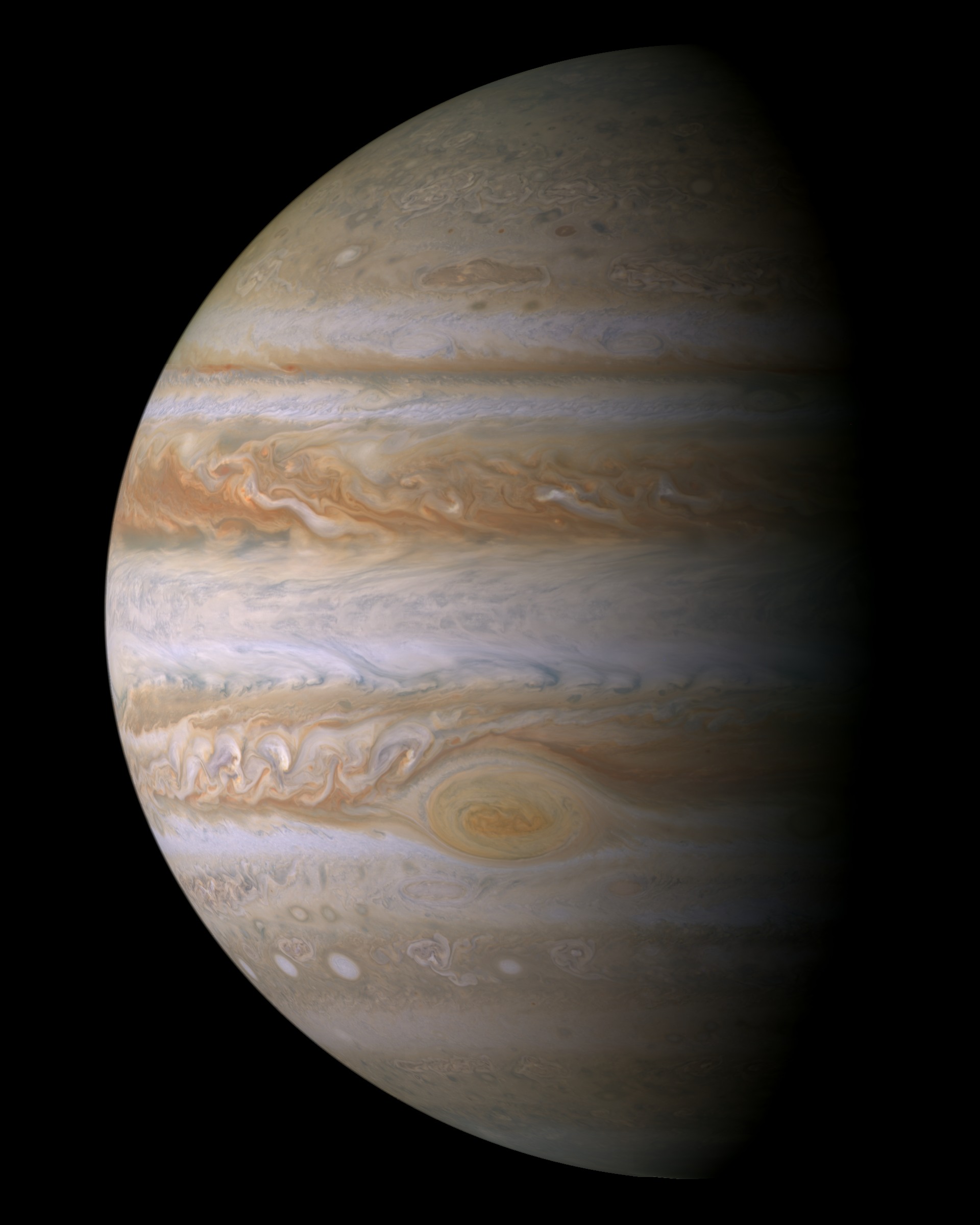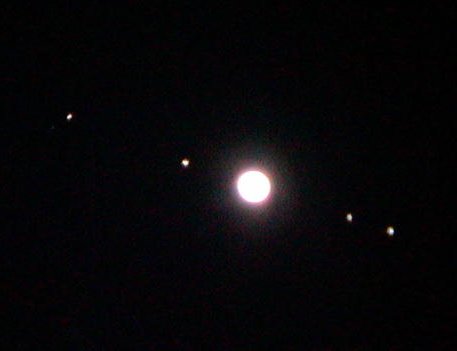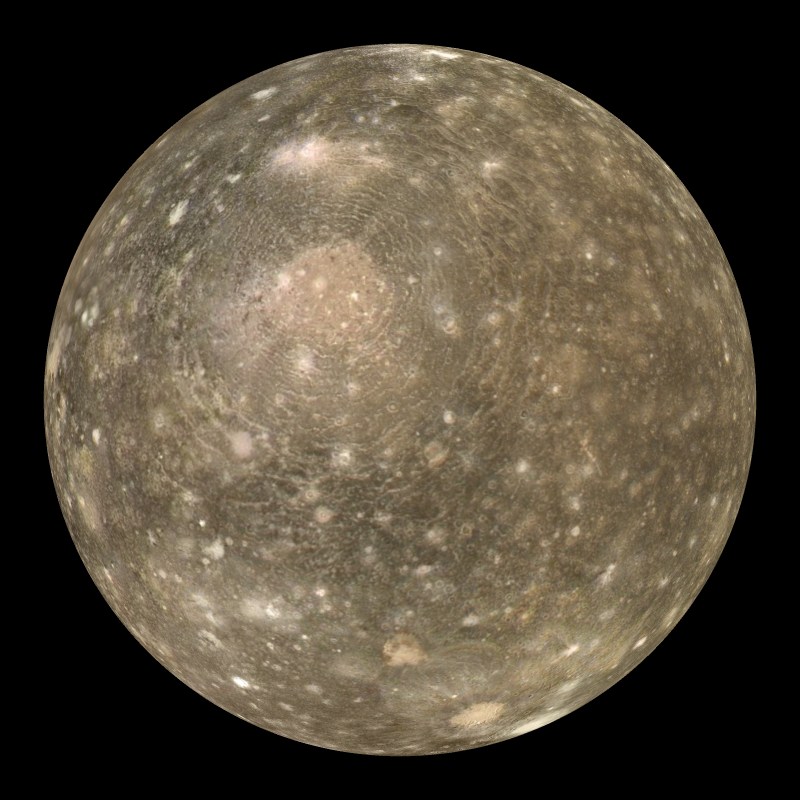This time will be super easy. Go outside pretty much any time after dark but before midnight and look to the west. Venus is the brightest 'star' over there, and Jupiter is the second brightest 'star', right next to Venus. The easiest is about 30 minutes to an hour after sunset, when the sky is still blue. Venus and Jupiter will show up before any other stars are visible. Again, no telescope necessary, just use your eyeballs. Here's some pictures I took which show you what to expect:

Later on:

That second photo was used in this Huffington Post UK article about the conjunction. That's what you call it when two or more astronomical objects get close together in the sky - a conjunction. The two planets were closest together Monday night and will be very close all week, so now's the time. But check again on the 25th: They'll be noticeably further apart, but the crescent Moon will be right between them, so that's cool too.
Venus' most notable feature is its thick atmosphere: The surface pressure is about 93 times higher than Earth. All that gas in the atmosphere came from geologic activity, i.e. volcanoes. Venus has 167 volcanoes more than 100km across. Earth only has one that size: Hawaii. It's size and mass are similar to Earth. The surface temperature is around 800ºF, thanks to a runaway greenhouse effect due to carbon dioxide in the atmosphere. Yes, the very same greenhouse effect responsible for climate change here on Earth.

Source.
Jupiter, on the other hand, is huge: 1300 times the size of Earth and 300 times the mass. But it's much further away than Venus, so it looks smaller and dimmer in the sky. It has rings, like Saturn, but much thinner and fainter.

Source - Cassini satellite

Source.
So I said you could see these with the naked eye, where they look like bright stars. But do you happen to have a nice pair of binoculars or a small telescope around? If so, break them out and use them here. You'll see something like this:

Source.
That's what Jupiter looks like through a pair of binoculars. Notice the bright dots to the side? Keep track of them for a while, and you'll notice something interesting happening:
Those are moons! Going around Jupiter!
Now hold on a minute, Galileo. This is crazy. Let's move those binoculars over to Venus for a little while, and see what we can see there:

Wha... it's not round. It has phases, going from crescent to full, just like Earth's moon.
Well congratulations Galileo, you just discovered the two key bits of evidence that the solar system is centered on the Sun, not the Earth. Galileo, seriously. He was the first person to make these observations through a telescope, and used them as support for Copernicus' heliocentric model. The heliocentric model is a major step in the history of human thought - The universe does not revolve around us. 400 years later, we're still trying to come to grips with that. Back then, the Catholic Church threatened Galileo with torture and execution for telling people he saw this.
Today's telescopes, even amateur ones, are much, much nicer than what Galileo used. With the right combination of equipment and experience, you can take a picture like this from your back yard:

Source.
And of course we have spacecraft that can go out there and take pictures up close. Here's a view of Jupiter's moon Io in front of Jupiter. Colors are different because it's infrared:

Source - New Horizons spacecraft.
Io is volcanically active, and if you zoom in you can see a red spot on the top of it (a volcano erupting!) with a blue cloud above (the plume from the eruption!). Wow!
Here's the other three Galilean moons. Images are from... I don't know. I'd guess Voyager or Galileo (the spacecraft, not the guy). They are all worlds of their own.
Europa:

Ganymede:

Callisto:

Now that you know what you're looking at, get out and see Jupiter and Venus this week. No equipment is needed to see the planets, but bring a pair of binoculars or a telescope and you might see some of the most important sights in human history.
No comments:
Post a Comment